
Runner's knee
If you run often, you have probably experienced knee cap pain. This kind of pain is normal if it lasts only a couple of days, but, if it becomes chronic then you probably got yourself a runner's knee. It is a long-term running injury. Anatomically, knee cap pain is caused by rubbing of the backside of the knee cap against the the femur (this is better known as the thigh bone). Pain from the runner's knee is usually felt under the knee cap or on the sides of the knee cap. Other symptoms of runner's knee include swelling of the knee, cracking sounds from the knee while running, and temporary loss of function and strong knee pain after running uphill.
Causes
Knee cap is shaped, roughly, like a blunt - edged triangle with one point facing upwards. This, uppermost point fits in a grove in the lower part of the thigh bone.
Kneecap changes its position as its slides over the knee when we move, be it walking or running. If everything is in order, it only moves up and down, but if it moves sideways, then the back side of the knee cap will rub against the thigh bone and irritate the surrounding tissues. This will cause pain in the knee cap when walking and running.
Erratic, sideways movement of the knee cap is caused by imbalance in muscles of foot and leg, or by weak quadriceps (a large muscle on the front side of the thigh bone) and an overly strong knee tendon, which causes imbalance in knee cap movement. A weak quadriceps is unable to supply the necessary support to the knee cap, which in turn leads to twisting and pulling of the knee cap. Also, sudden changes in running speed or running on uneven terrain causes foot imbalance and leads to erratic kneecap movements, which typically has pain as an outcome. Also, condition known as increase in quadriceps angle, which can be caused by a variety of factors, can lead to knee cap pain. Also, simple overuse may cause pain in the knee cap.
Treatment
Treatment of knee cap pain is simple, but requires some patience on your side. The point is to temporarily cease activities that lead to straining of your knee. A few days rest should be enough. It is recommended to apply cold packs on the affected knee, three to four times a day for up to fifteen minutes. Anything out of the freezer will do the job, just do not apply the cold pack directly to your skin, best put a towel between your knee and the cold pack. A patellar stabilizing brace will help to keep the knee cap in the right position. Stretching and knee strengthening exercises are useful as well.


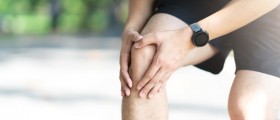
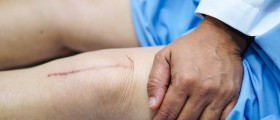




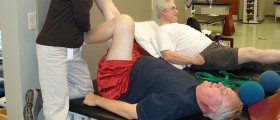

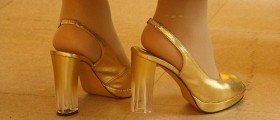

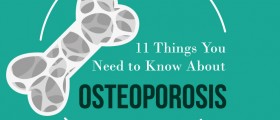
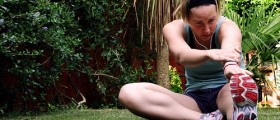
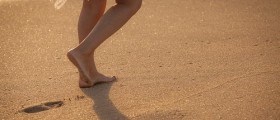
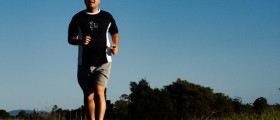
-Symptoms,-Diagnosis,-Treatment_f_280x120.jpg)
Your thoughts on this
Loading...